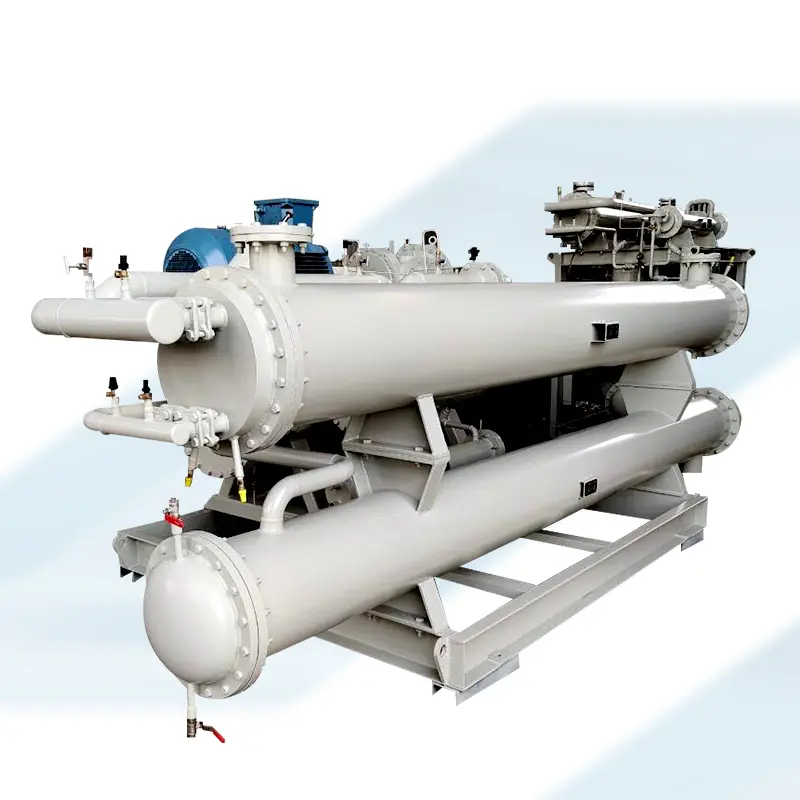
Shell and Tube Type Evaporator - Precisely Engineered With Top Quality Material
A Shell and Tube Type Evaporator is a widely used heat exchanger designed for efficient heat transfer in various industrial processes. It’s a crucial component in systems that involve the phase change of a substance from liquid to vapor, such as in refrigeration, chemical processing, and power generation.
Abe & HXE India Private Limited offers a range of shell and tube evaporators to meet the most demanding requirements in various industries. As one of the leading Shell and Tube Type Evaporator Manufacturers in India, we believe in using only the finest materials in our manufacturing process. This ensures longevity, durability, and performance that surpasses industry standards.
PRODUCTS GALLERY
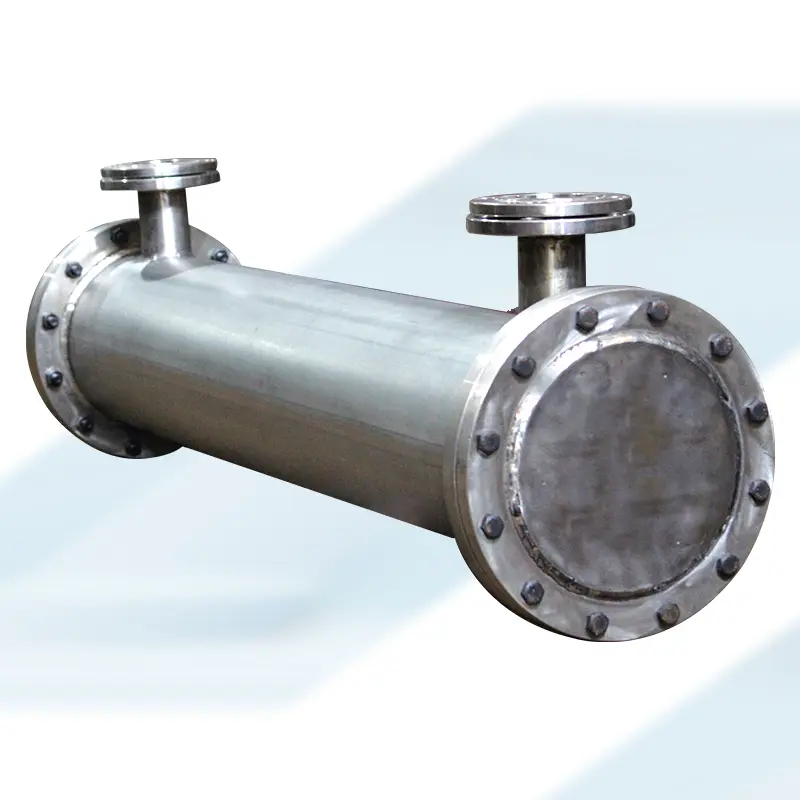
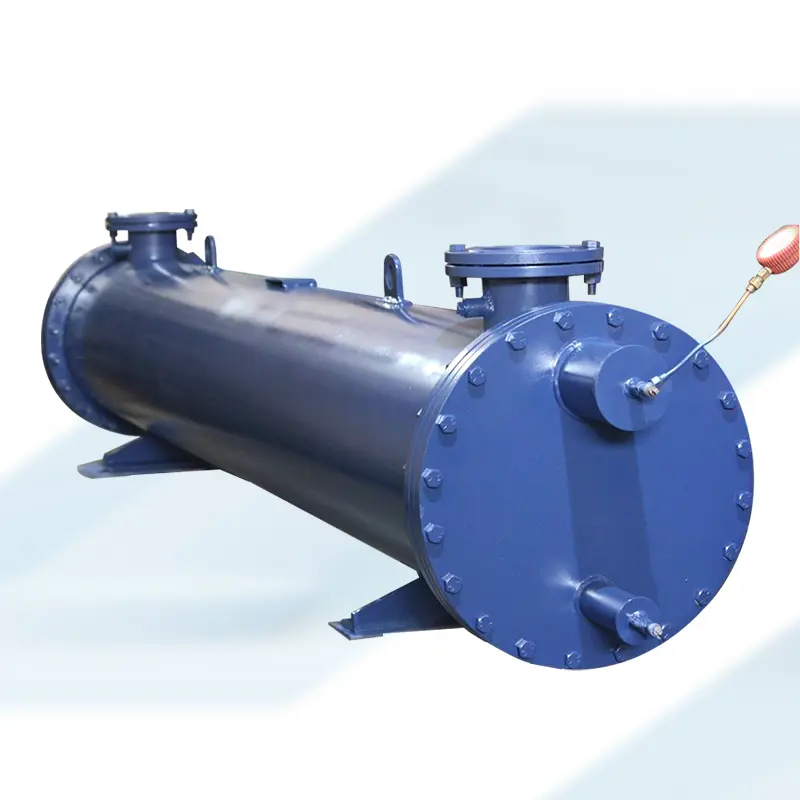
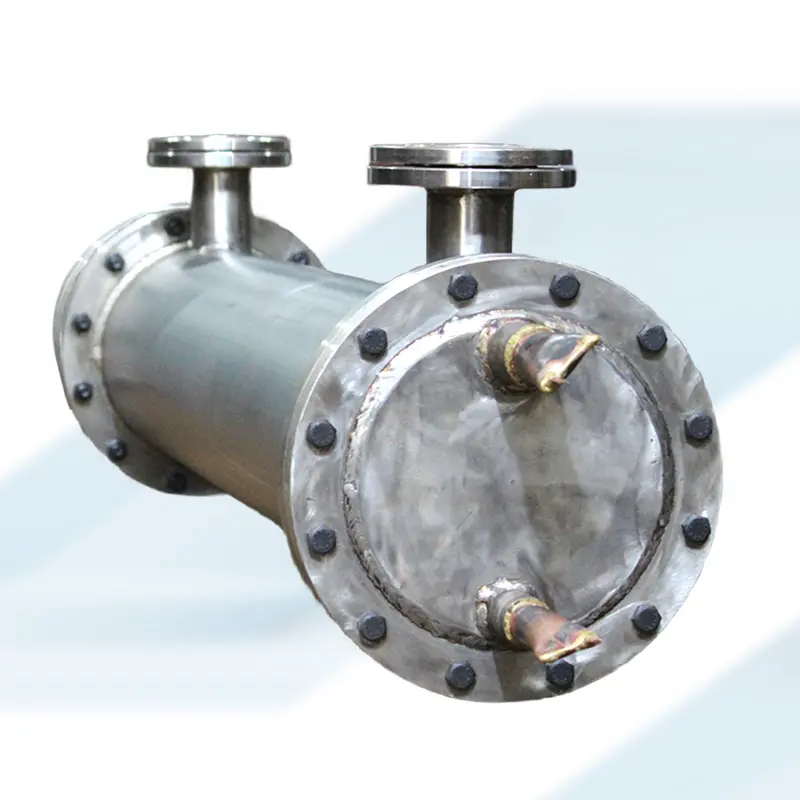
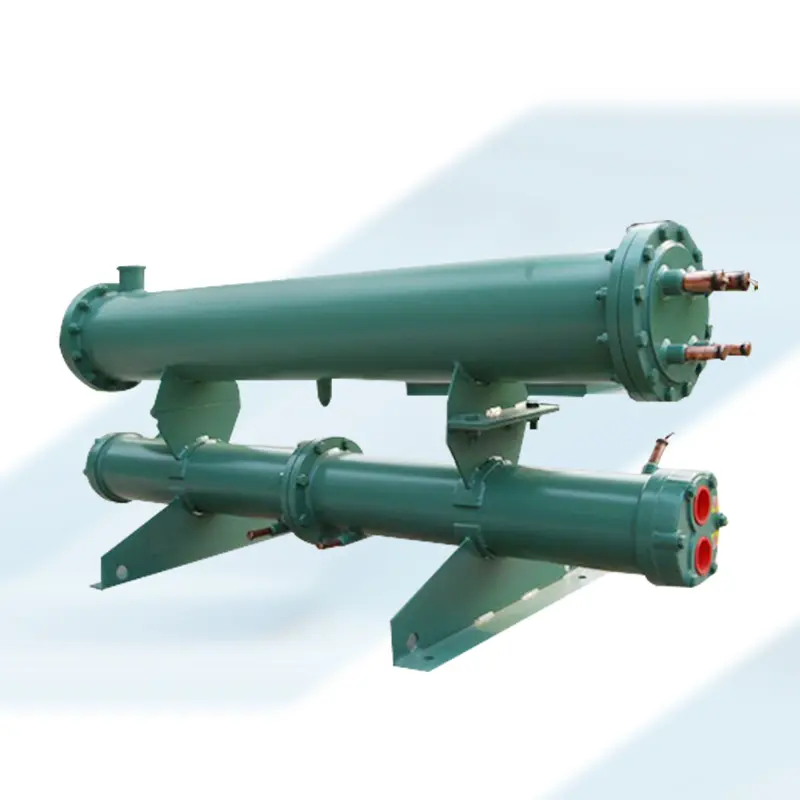

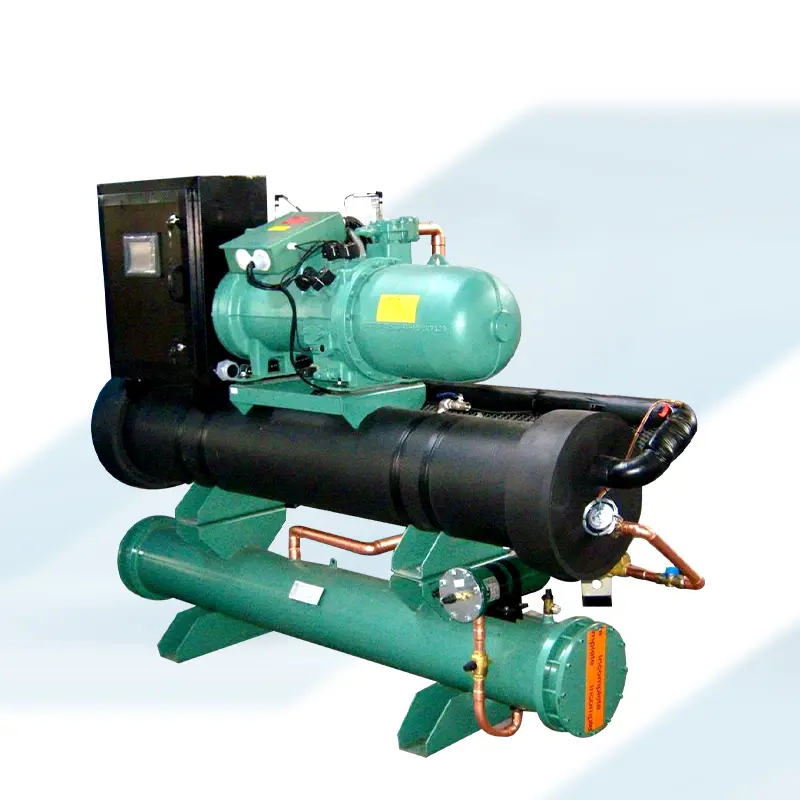
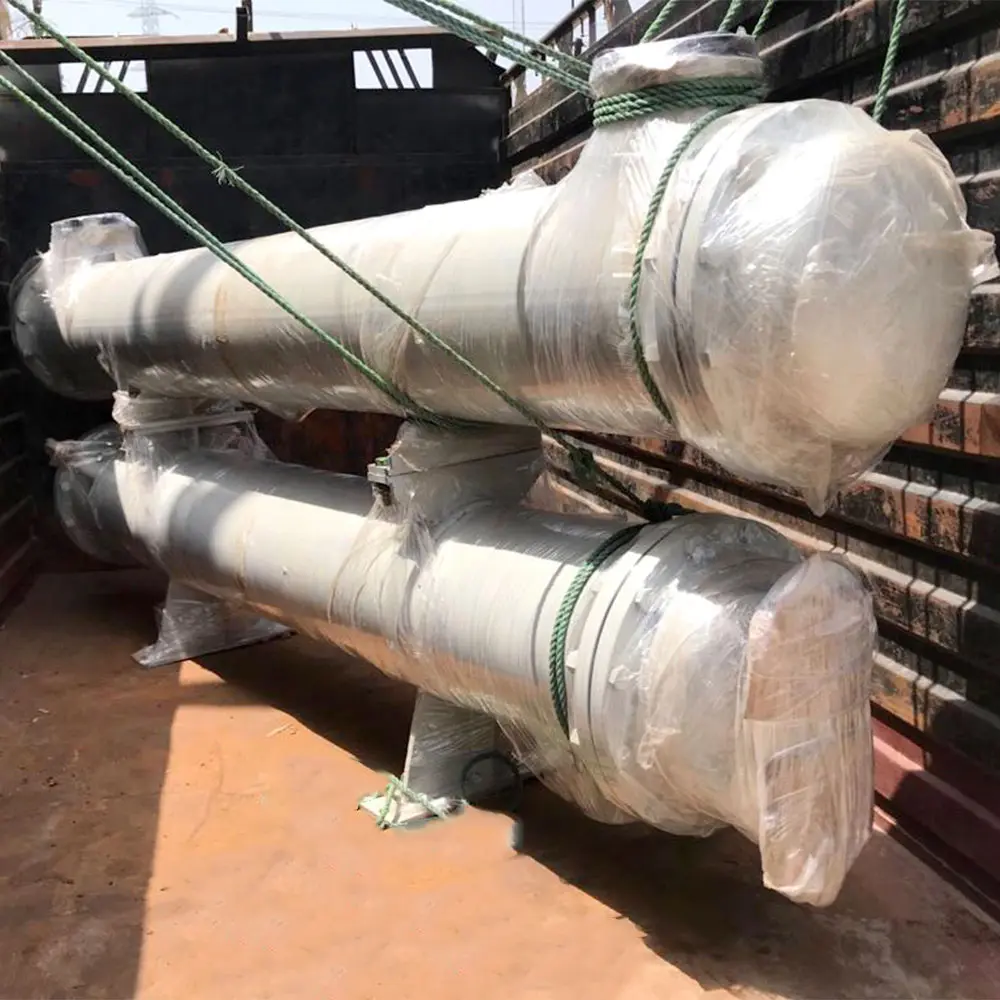
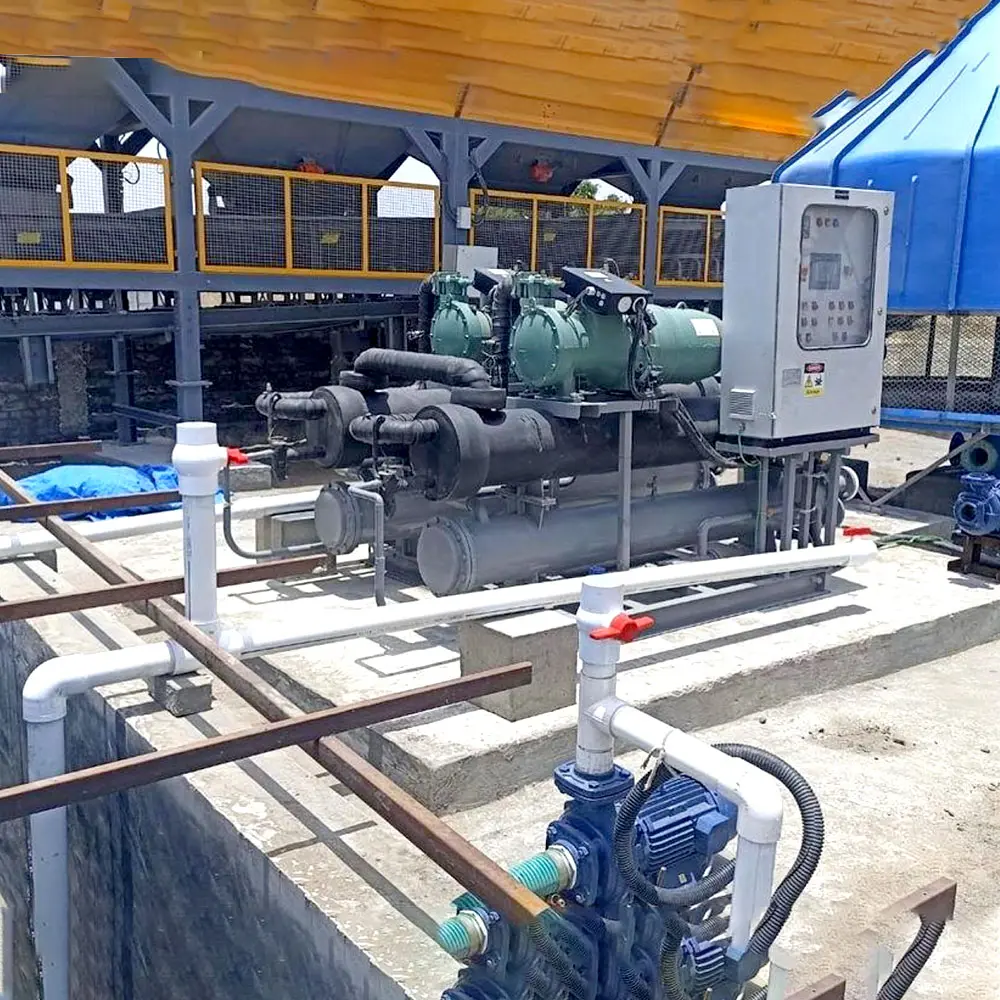
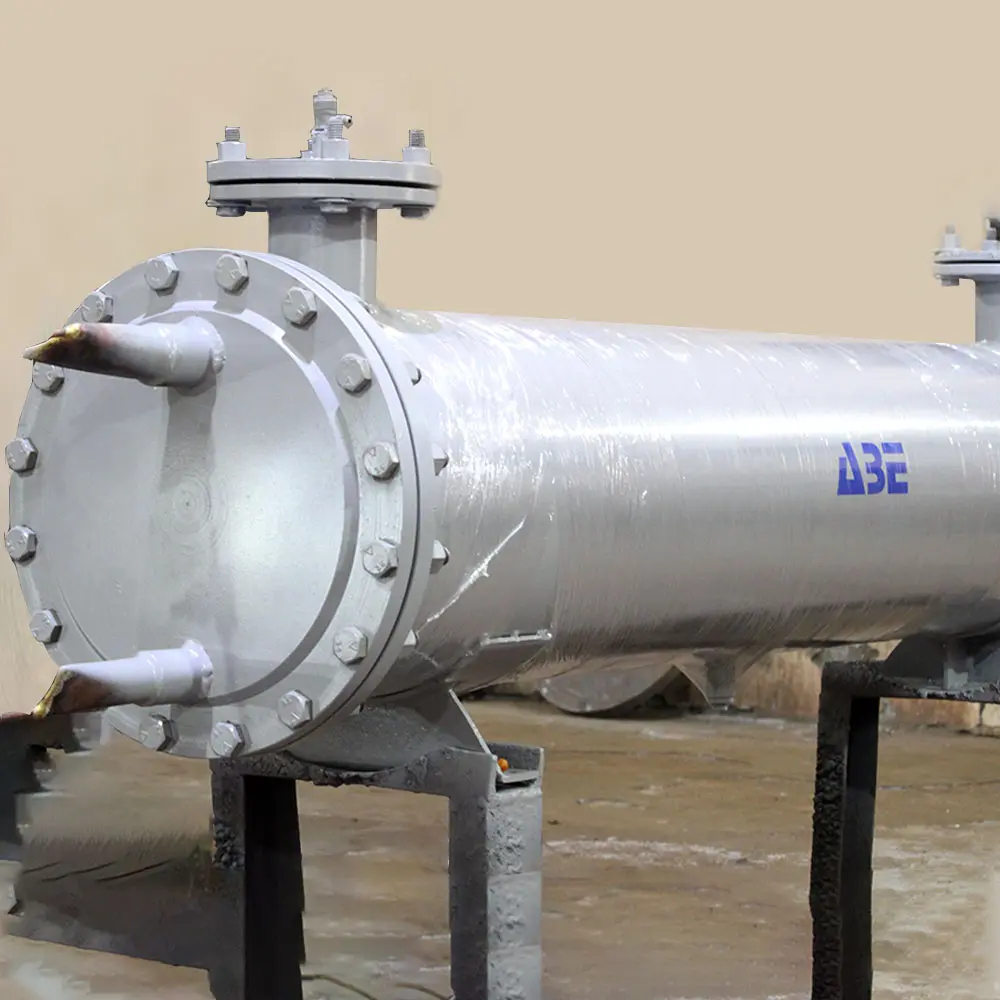
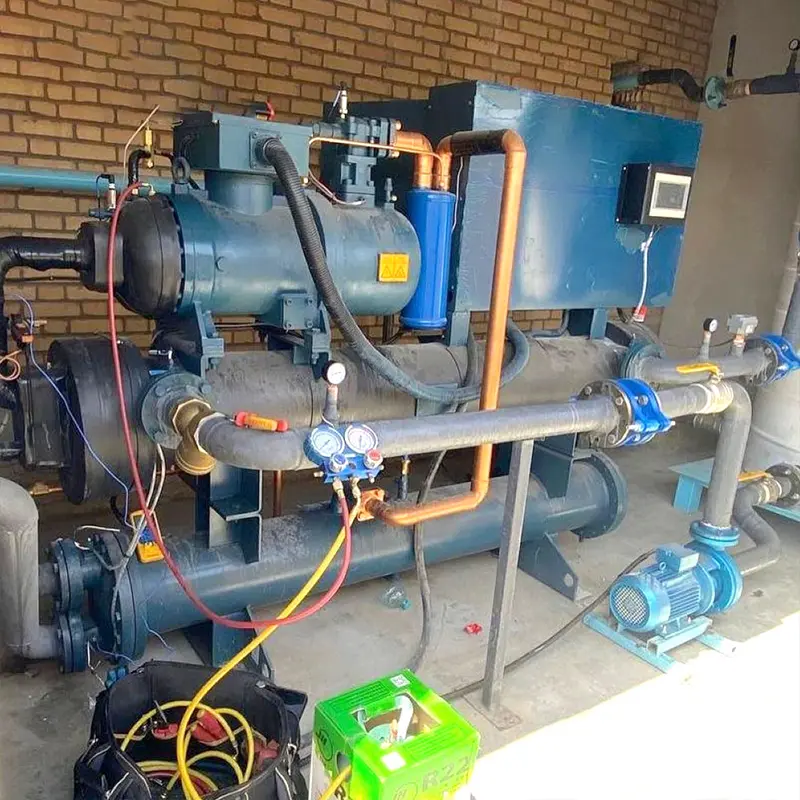
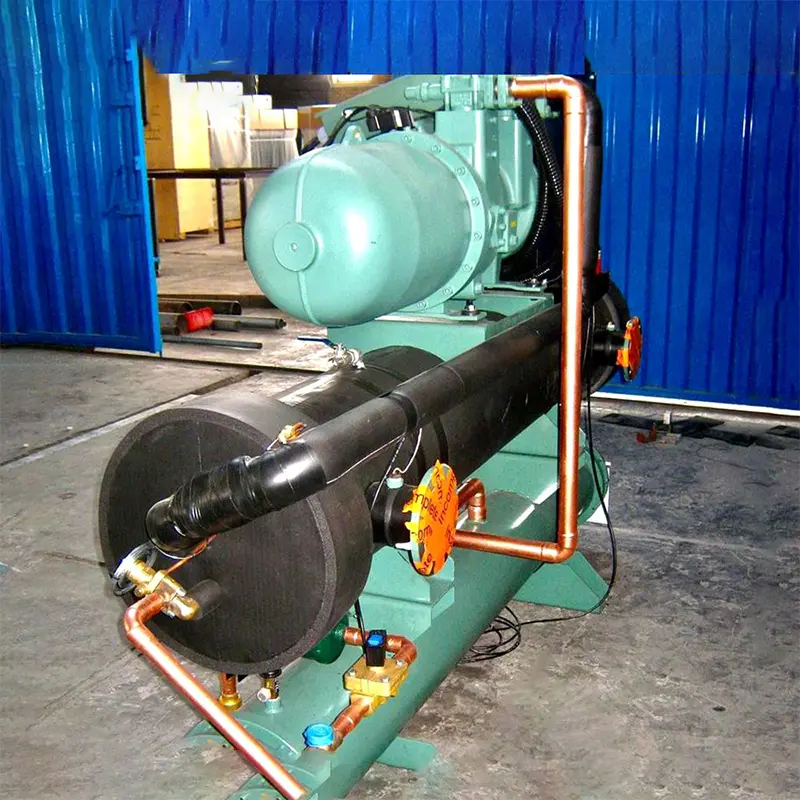
Buy From the Reputed Brands of Shell and Tube Type Evaporators
Our Shell Type Evaporator is designed for maximum efficiency. Each evaporator undergoes rigorous quality checks to guarantee flawless performance. You can trust that every unit leaving our facility meets the highest standards of quality and reliability.
Also, our shell tube type evaporators can be tailored to meet your specific requirements, ensuring seamless integration into your existing systems. Invest in a quality product offered by reputed Shell and Tube Type Evaporator Suppliers in India. Contact us now to learn more about our Shell Tube Type Evaporators.

Key Features
- A cylindrical shaped shell
- Single or multiple tube passes
- Easy cleaning and low maintenance
- Efficient heat transfer between fluids
- Made from corrosion-resistant materials
- Baffles and tubes housed within the shell
Applications
- HVAC systems
- Desalination processes
- Petrochemical industry
- Power generation plants
- Chemical processing sector
- Food and beverage industry
- Wastewater treatment sector
- Refrigeration and air conditioning systems
SPECIFICATIONS & CONSIDERATIONS
Depending on the installation site and ambient circumstances, insulation may be necessary to minimize heat gain or loss from the evaporator.
The evaporator is made up of a series of tubes through which the process fluid flows. Tube diameter, thickness, and length are all important design considerations. The tube design should facilitate effective heat transfer.
The shell should be manufactured to support the tube bundle while also allowing for adequate fluid distribution. Additionally, it should feature appropriate connections for the inlet and outlet.
Safety measures such as pressure release valves, temperature sensors, and level indicators should be added to guarantee the safe operation of evaporators.
Certain evaporators feature fins on the exterior of the tubes to maximize heat transfer surface area. The density and configuration of these fins can influence the overall performance of evaporators.
Tubes can be organized in a number of configurations, such as in-line, staggered, or triangular. The selection of tube arrangement affects the efficiency of heat transfer.
The refrigerant circuitry inside the evaporator, such as expansion devices and distributors, should be engineered to ensure efficient refrigerant distribution and evaporation.
The evaporator must be compatible with the refrigerant employed in the chiller system. Refrigerants differ in terms of pressure, temperature, and chemical characteristics.
The materials used to build the evaporator tubes and shell must be corrosion-resistant and compatible with the processed fluids. Some commonly used materials include Stainless steel, copper, and titanium are all common materials.
The evaporator design should consider the necessary flow rates of both the process fluid and refrigerant to attain the desired cooling capacity.
The evaporator must be smoothly connected with the complete chiller system, including pumps, controllers, and condensers.
Ensure that environmental standards governing refrigerant usage and disposal are followed.
Before installation, evaporators should undergo thorough testing to ensure they meet both design requirements and safety regulations.
Consider access points and cleaning and maintenance provisions. Evaporators can clog up with time, affecting their performance.
The shell and tube evaporator should be built to resist the working pressure and temperature conditions of the refrigerant and process fluid. This information is particular to the chiller system and application, and it must adhere to applicable safety laws and standards.
